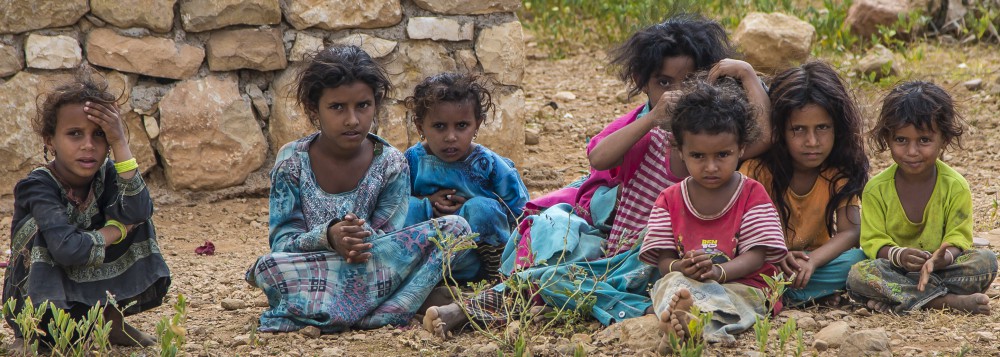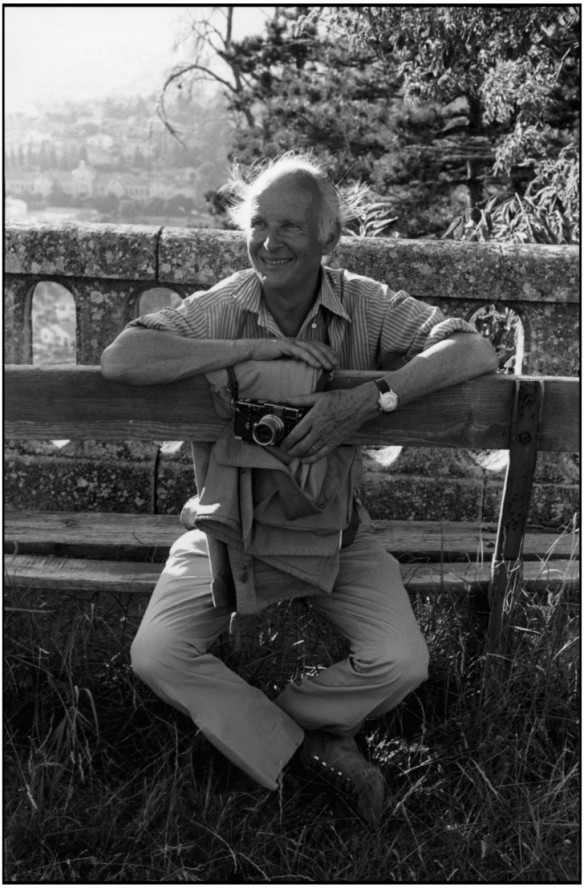I’ve known of Henri Cartier Bresson of course before I started my OCA degree, but never took a closer look into his work until I came across a BBC documentary on then history of photography. It was only then that I saw the famous work of this french artist who lived form 1908 until 2004.
His most famous work maybe well know for his book The Decisive Moment, were he takes some of his best work from around the world into 126 images, and was printed in 1952.
Bresson’s book The Decisive Moment
After looking through his images its clear to see they are both artistic, with many images having people jumping which I saw as a common theme. They are also sad and violent, with images from war zones around the world, both with images of people after and even during death.
Breton makes the statement “To me, photography is the simultaneous recognition, in a fraction of a second, of the significance of an event as well as of a precise organization of forms that give that event its proper expression.” Thes fraction of a second can be clearly seen in a number of images, again from the famous image of the man jumping the water, to the asian photograph of people seemly getting shot, and with one even looking like he has an arrow in his chest.
Bresson apparently never cropped his photos, he believed that all of the image in camera was ‘the decisive moment’. ‘For the rest of his life, Cartier-Bresson’s approach to photography would remain much the same. He made clear his disdain for the augmented image, one that had been enhanced by artificial light, dark room effects, even cropping. The naturalist in Cartier-Bresson believed that all edits should be done when the image was made. His equipment load was often light: a 50mm lens and if he needed it, a longer 90mm lens’.
His images are dark, punchy, with very high contrast, and one of his comments was intact “You know William, colour is bullshit”. His Leica camera with only two lenses made it easy for him on the street, as well as situated in war zones. No heavy equipment to carry and always ready for the unexpected shot.
His images of people from all ages appeals, from the young playing in the streets to the old, poor and at the end of life bring emotion into the picture. He seems not to care almost for the risk of getting the shot, which brings the questions ‘ Does he ask for permission before taking the shot? Is it posed, or is the non posed shot really posed? How close to real life did it really look? Did he get the kids to play in the street or was it luck?
He truly was a master of People and Place.
REF:
Henry C. Bresson [Accessed 27 05 16]
https://steidl.de/Books/The-Decisive-Moment-0516515559.html [Accessed 28-05-16]

